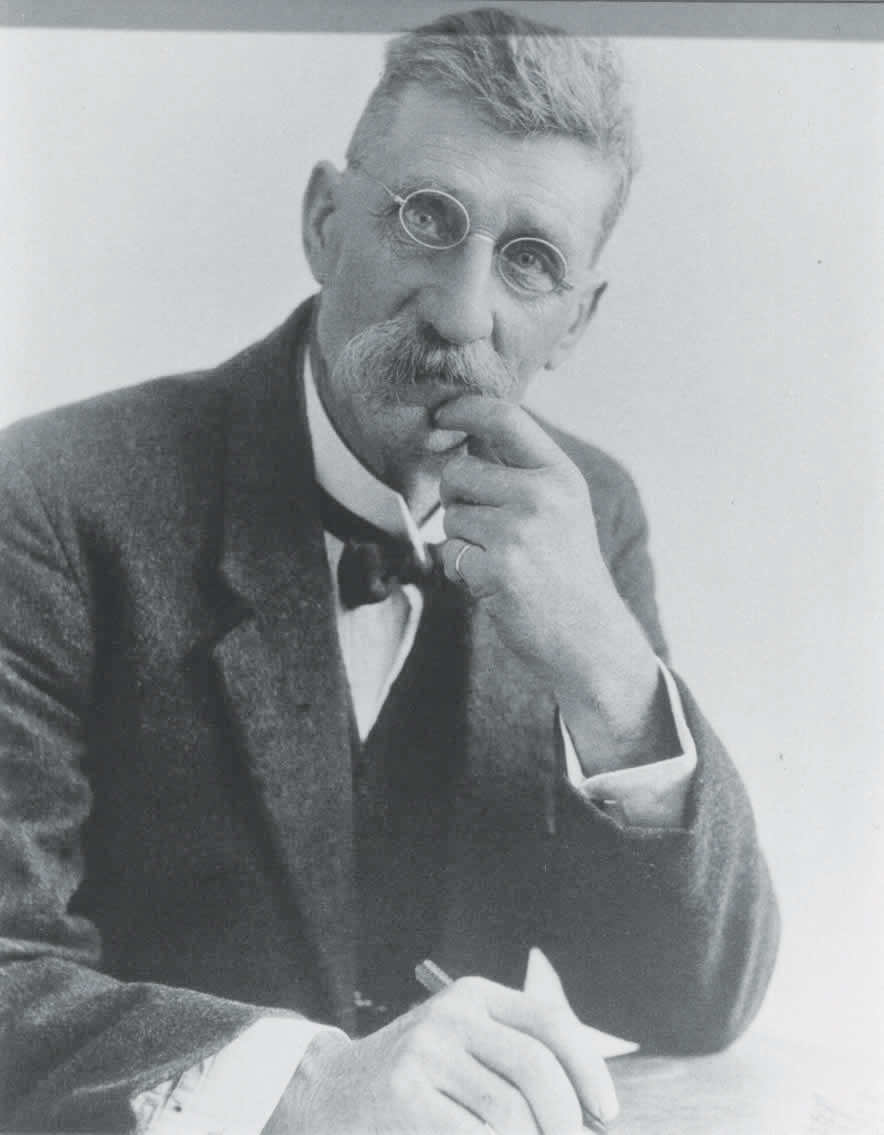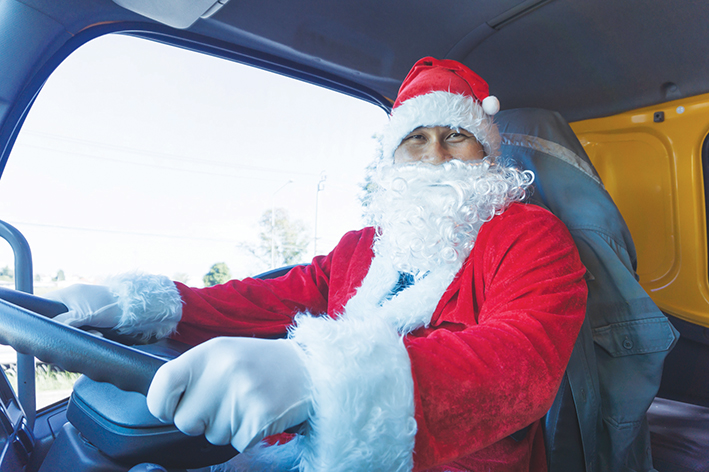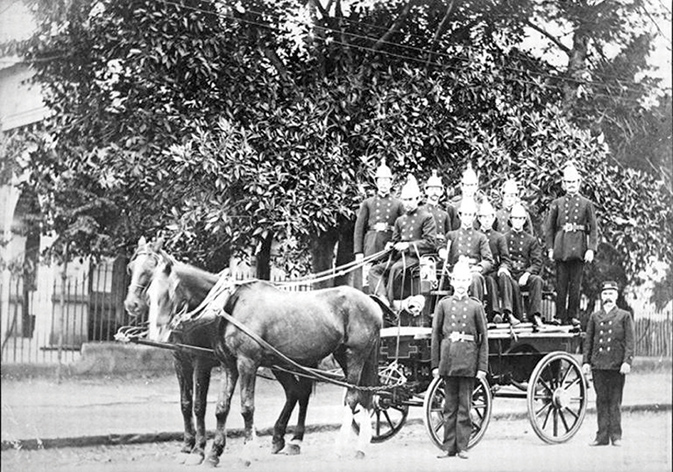Photo of William courtesy of Holroyd Council website
By Lyn Forde – President/Research Officer of St Marys & District Historical Society Inc.
IN 1928 William Freame was an avid historian who organised history walks to interesting places. He wrote about a very interesting walk from Doonside to St Marys commenting that Doonside was the first railway station west of Blacktown on the Great Western Line. The tour left the train at Doonside and walked directly south, the first place seen was “Hill End”, a comfortable old home belonging to the Crawford family (Robert James Crawford 1799-1848) who was one of the best of the pioneer families. Walking on to Prospect they came to St Bartholomew’s Anglican Church and Cemetery that was built by pioneers of Prospect with funds collected from 1837. In August 1838 tenders were called for the construction of the Church. The contract was won by James Atkinson of Mulgoa who was building three other churches at the same time – St Peter’s at Richmond, St Mary Magdalene at St Marys and St Thomas at Mulgoa. His contract was with the Trustees, William Lawson, Robert Crawford and Nelson Simmons Lawson. The original contract sum for the building was £1,250, half of which was by private subscription and half by the Colonial Treasury. Henry Robertson was thought to have been the architect for the building, although it is highly possible that William Lawson who was a trained surveyor was designer of the church and was buried there in June 1850. The Church was completed in 1841 in an area known for Aboriginal occupation and favourable camping locations along the Eastern and Prospect Creek catchments. The area was settled by Europeans by 1789 and the arrival of those first settlers prompted the first organised Aboriginal resistance to the spread of settlement in that area which started a violent frontier conflict that Pemulwuy and his Bidjigal clan played a central role. The Church was added to the NSW State Heritage Register in April 1999 and in 1975 the site leased to Blacktown City Council. Walking across the paddocks William reached Bungarribee (Bung meaning the ‘creek’ and garribee meaning cockatoo). The traditional owners of Bungarribee estate were the Warrawarry group of the Darug people. William described seeing a delightful old mansion with memories of the past, but sadly he said that it appeared doomed to ruin, but there remained sufficient old grandeur to enable him to realise the old romance that still lingered around it. He doubted that there was another old colonial home around, with a greater fragrance of lavender and old lace and if those old walls erected over 100 years ago could only speak, they would tell many a pretty story of generous festivities when scarlet coated officers made love to dainty young ladies from Parramatta and Sydney. Standing in the circular parlour (for the ballroom had disappeared), he could visualise many a bright and happy scene. All the ground floor rooms opened onto stone flagged verandas that were originally draped with trailing roses and multi-flowered creepers. On two sides was an old-world garden with carriage drives flanked by hedges and one side there was a little lawn in the middle that stood a sundial that lingered the perfume of roses and wisteria and at the rear of the little lawn the remains of the brick wall that separated the garden from the domestic quarters and the farm. In the middle was the great iron gate with its big bolt, reminiscent of the days when skilled blacksmiths were even more necessary then. He was talking about John Campbell who came free with his family on the “Lusitania” and was granted land in the area where he immediately began building a homestead suited to his status as a former officer and colonial gentleman. Between 1822-1824 he consolidated his landholdings and named the estate “Bungarribee”. John’s temporary residence was enlarged in 1825 and incorporated into his grand new home. The main portion of the house was circular with one room on the ground floor and one above, both a full circle in shape making all windows, doors and mantelpieces curved. The difficulty of properly carrying out such accurate work with the labour available was a challenge but it was done and stood for over 100 years, a testimony to the skill involved, but the problems encountered during the construction of the estate were considerable. In 1824 approximately one year after beginning work on Bungarribee he was in debt to his creditors who included Simon Levey and John Macarthur. William then left Bungarribee and continued to walk across paddocks until they reached the Western Road, where an easy walk took them to Eastern Creek, one of the oldest roadside villages in the State. Irish born Captain William Minchin was granted 1000 acres that he named Minchinbury. He was the first landowner who sailed to Australia as an Ensign of the NSW Corps on the female convict transport “Lady Shore”, the only convict ship to mutiny. After being set adrift as a castaway by the mutineers they reached Brazil and William made his way back to England where he was promptly reassigned back to NSW. He was in fact on duty as guard of Government House when William Bligh was arrested in the Rum Rebellion, but William was not prosecuted for his part in the rebellion and was given the job of taking reports of the rebellion back to England. Later he re-joined his regiment and served in Canada until he retired in 1817. When he returned as a free settler aboard the “Isabella” in 1818 William and his wife established the farm where his wife grew grapes from cuttings in a section of the farm that in later years was known for its Minchinbury Wine & vineyard. William Freame continued on to the next village of Colyton where in the coaching days it possessed four little public houses. The last to close its doors was Wainwright’s where William remembers much the same as it was when the bullock teams pulled up in front of it. The bar with its sanded floor and high-backed seats against the wall, and William thought travellers of 90 years ago (1838) were heavier drinkers than those of today because on average there was a pub a mile between Parramatta and Penrith and all the old roadside inns supplied good hearty meals, generally at a shilling a head and when William started his history walks some of the old-time roadside inns provided him with many a dinner. William remembered generous as to quantity but rather poor in variety being generally of cold corned beef with carrots and cabbage, pickles and roley-poley jam pudding. Both Eastern Creek and Colyton had among their earlier residents many good old colonists who were typically old-fashioned sons of the soil, honest, simple minded with all the characteristics of the British countrymen; some of them even retained their smocks. It was then onto St Marys where they caught the train home. Closely identified with the family of Governor King whose widow Anna Josepha King resided with their son Rear Admiral Phillip Parker King at his home “Dunheved”. William said that St Marys “possesses a picturesque past which in part is recalled by St Mary Magdalene, the old church and historic churchyard”. He died aged 65 in 1933.
Sources: NSW State Heritage Register, National Library of Australia, James Broadbent Historic Houses Trust of NSW, Cumberland Argus and Fruit growers Advocate, Wikipedia, trove, William Freame (History Page 25/5/2020).






